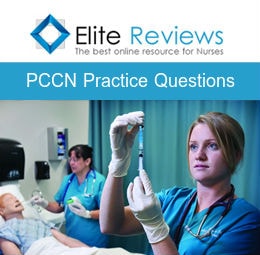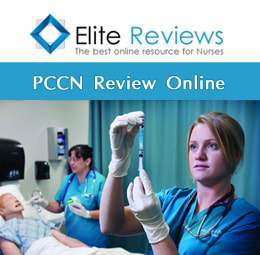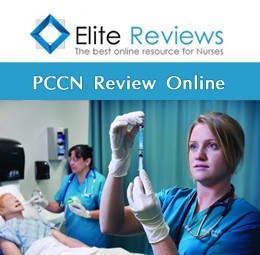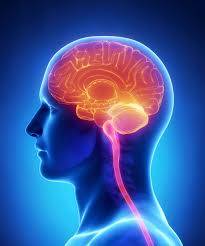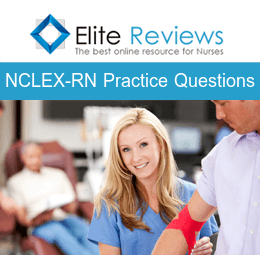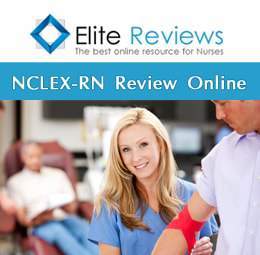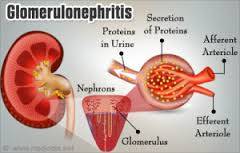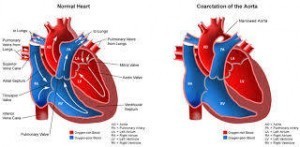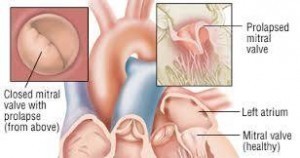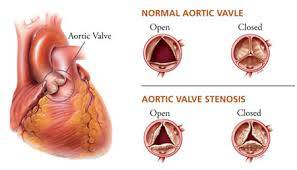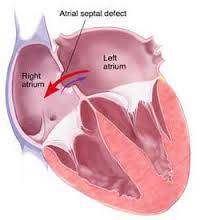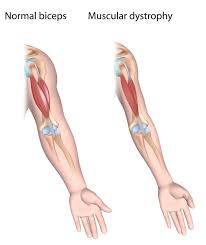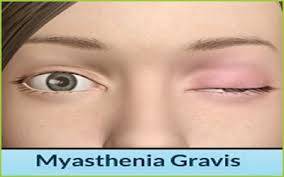PCCN Exam Pancreatitis
PCCN Exam Pancreatitis
Pancreatitis
The pancreas is a large gland behind the stomach and next to the small intestine. The pancreas does two things: it releases powerful digestive enzymes into the small intestine to aid the digestion of food, and it releases the hormones insulin and glucagon into the bloodstream. These hormones help the body control how it uses food for energy. Pancreatitis is a disease in which the pancreas becomes inflamed. Pancreatic damage happens when the digestive enzymes are activated before they are released into the small intestine and begin attacking the pancreas. There are two forms of pancreatitis; acute and chronic.- Acute pancreatitis is a sudden inflammation that lasts for a short time. It may range from mild discomfort to a severe life threatening illness. Most people with acute pancreatitis recover completely after getting the right treatment. In severe cases, acute pancreatitis can result in bleeding into the gland, serious tissue damage, infection, and cyst formation.
- Chronic pancreatitis is long lasting inflammation of the pancreas. it most often happens after an episode of acute pancreatitis. Heavy alcohol consumption is another big cause.
Signs and Symptoms
- Upper abdominal pain that radiates to the back; aggravated by eating, especially foods high in fat
- Swollen and tender abdomen
- Nausea and vomiting
- Fever
- Increased heart rate
Pancreatitis Etiology
- Gallstones or heavy alcohol use
- Medications, infections, trauma
- Metabolic disorders and surgery
Treatment of Pancreatitis
- Treat the s/s
- IV fluids and pain meds
GI Sample Questions
1) Vasopressin may be used in the patients with GI bleeding. What is the mechanism of action of Vasopressin?
A) Increases mesenteric blood flow to reduce ischemia B) Decreases portal venous blood flow to decrease bleeding C) Causes sodium and water retention to replace volume D) Blocks H2 receptors to inhibit hydrochloric acid secretion2) A 39 y/o male is admitted with a history of chronic liver failure and ETOH abuse. He has ascites and severe peripheral edema. He is anorexic, vomiting, hypokalemic, and now has developed metabolic alkalosis. Which of the following would not be included in this patient's management?
A) Diuretics B) Potassium supplements C) Antiemetics D) Diet high in protein3) A 52 y/o male patient with acute pancreatitis develops agitation, fine tremors, and tachycardia about 48 hours after admission. Which of the following is the most likely cause of these signs and symptoms?
A) Pancreatic pseudocyst B) Hypoglycemia C) Alcohol withdrawal D) Pancreatic abscessGI Practice Questions Answer with Rationale
1) Correct Answer - B) Decreases portal venous blood flow to decrease bleeding- Rationale - Vasopressin slows blood loss by constricting the splanchnic arteriolar bed and decreasing portal venous pressure.
- Rationale - Diuretics would contribute to metabolic alkalosis and hypokalemia and would deplete the vascular bed rather than the third spaces.
- Rationale - Alcoholism is a common cause of acute pancreatitis, and alcohol withdrawal is a complication that must be closely observed for within the first 24 - 72 hours after onset of abstinence.
PCCN National Exam Courses
Overview
- Elite Reviews Offers A Variety Of Online Courses That Will More Than Adequately Help Prepare The Critical Care Nurse To Pass The National Exam.
- Each Course Includes Continuing Education Credit and Sample Questions.
Continuing Education
- Each Of Our Online Courses Has Been Approved Continuing Education Contact Hours by the California Board of Nursing
- Login To Your Account In Order To Access The Course Completion Certificate Once The Course Is Complete.
PCCN Free Trial
- FREE Sample Lecture & Practice Questions
- Available For 24 Hrs After Registration
- Click The Free Trial Link To Get Started - PCCN Free Trial
How It Works
How The Course Works
- First - Purchase The Course By Clicking On The Blue Add To Cart Button - You Will Then Be Prompted To Create A User Account.
- Second - After Creating An Account, All 3 Options (90, 120 or 150 Days) Will Be Listed. Select The Option You Desire And Delete The Other Two.
- Third - You Will Be Prompted To Pay For The Review Using PayPal - After Payment You Will Be Redirected Back To Your Account.
- Last - Click The Start Button Located Within Your Account To Begin The Program
- 125 Prep Questions
- Q & A With Rationales
- Approved For 5 CEU's
- 90 Days Availability
- Cost $75.00
- 1250+ Prep Questions
- Q & A With Rationales
- Approved For 25 CEU's
- 90 Days Availability
- Cost $200.00
PCCN Practice Questions Bundle
- 1350+ Prep Questions
- Q & A With Rationales
- Approved For 30 CEU's
- 90 Days Availability
- Cost $225.00
PCCN Review Course
- Option 1
- Lectures & 1250+ Questions
- Q & A With Rationales
- Approved For 35 CEU's
- 90 Days Availability
- Cost $275.00
- Option 2
- Lectures & 2000+ Questions
- Q & A With Rationales
- Approved For 40 CEU's
- 90 Days Availability
- Cost $325.00
PCCN Review Course Bundle
- Option 3
- Lectures & 3000+ Questions
- Q & A With Rationales
- Approved For 70 CEU's
- 90 Days Availability
- Cost $375.00




